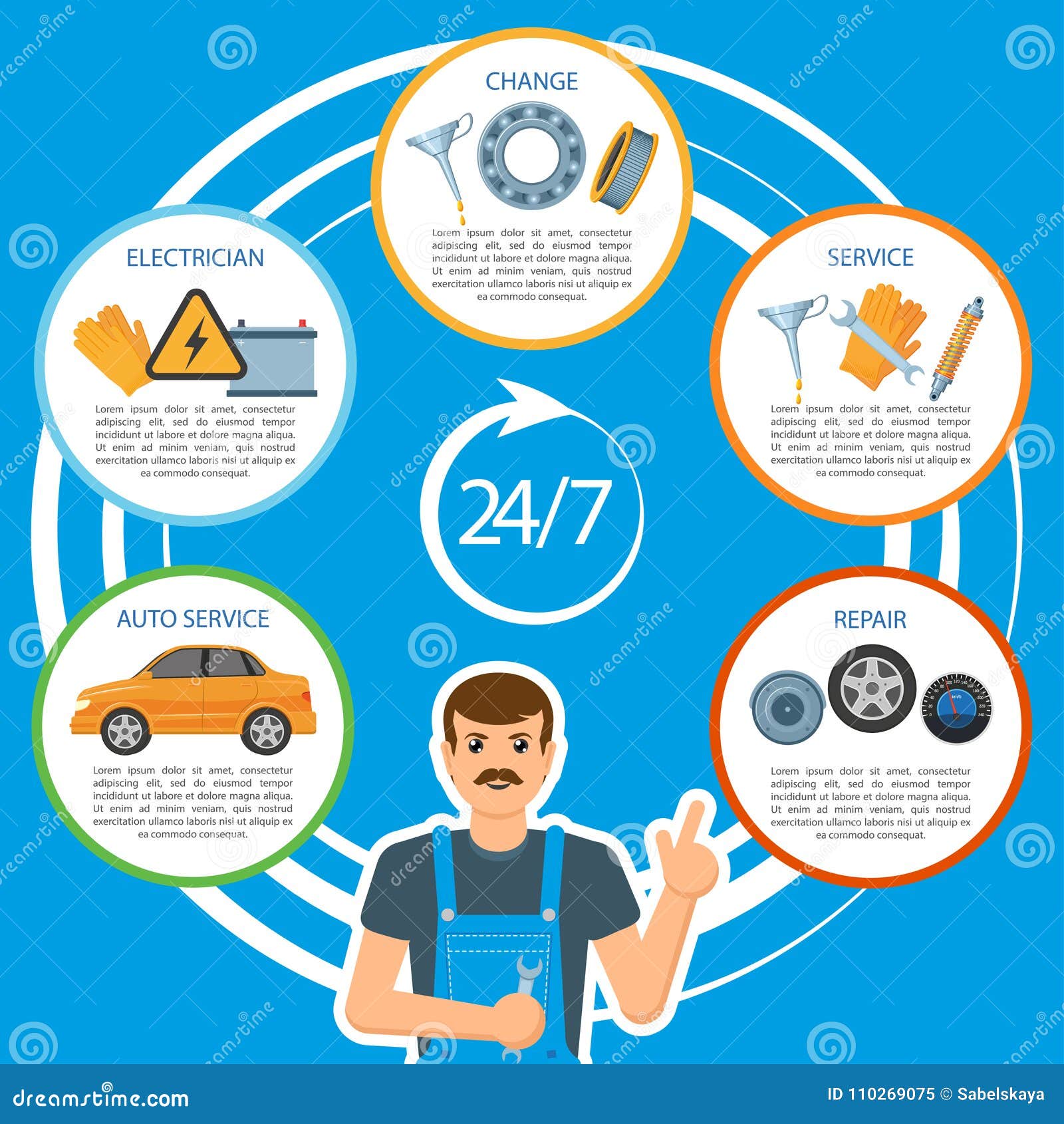Eager To Recognize What The Dashboard Warning Lights In Your Cars And Truck Indicate? Explore Their Significances For The Well-Being And Safety Of Your Vehicle
Eager To Recognize What The Dashboard Warning Lights In Your Cars And Truck Indicate? Explore Their Significances For The Well-Being And Safety Of Your Vehicle
Blog Article
Team Writer-Lim Torres
When you're behind the wheel, those radiant caution lights on your control panel can be a bit complicated. Do link webpage understand what they're attempting to inform you about your automobile's health? Understanding the significance of these lights is important for your security and the longevity of your car. So, the next time among those lights turns up, wouldn't you want to decipher its message precisely and take the necessary actions to resolve it?
Common Caution Lighting and Interpretations
Determine common warning lights in your car and understand their significances to make sure secure driving.
One of the most typical warning lights include the check engine light, which signals problems with the engine or exhausts system. If this light begins, it's important to have your car inspected without delay.
The oil stress warning light suggests reduced oil pressure, requiring prompt focus to stop engine damage.
A blinking battery light might suggest a damaged billing system, potentially leaving you stranded if not resolved.
The tire pressure tracking system (TPMS) light notifies you to low tire stress, influencing automobile security and fuel efficiency. Overlooking this could result in risky driving problems.
The ABS light shows a trouble with the anti-lock braking system, compromising your capacity to stop swiftly in emergency situations.
Lastly, the coolant temperature advising light warns of engine getting too hot, which can lead to extreme damage if not dealt with promptly.
Recognizing these usual caution lights will assist you deal with concerns immediately and maintain secure driving conditions.
Importance of Prompt Attention
Understanding the common warning lights in your cars and truck is just the initial step; the relevance of immediately attending to these cautions can not be highlighted sufficient to ensure your safety and security when traveling.
When a caution light illuminates on your dashboard, it's your car's method of interacting a prospective issue that needs focus. Overlooking these cautions can result in much more extreme troubles in the future, jeopardizing your safety and possibly costing you a lot more out of commission.
Motivate focus to alerting lights can prevent malfunctions and crashes. As https://dantesnhbu.theobloggers.com/36068745/auto-outlining-throughout-the-year-tips-for-seasonal-prep-work , a blinking check engine light could show a misfire that, if left ignored, might create damages to the catalytic converter. Addressing this without delay can save you from an expensive fixing.
In a similar way, a brake system warning light might signify low brake fluid or worn brake pads, vital components for your safety and security when driving.
Do It Yourself Troubleshooting Tips
If you discover a warning light on your dashboard, there are a few do it yourself troubleshooting ideas you can attempt prior to seeking professional help.
The initial step is to consult your car's guidebook to recognize what the certain warning light indicates. Often the problem can be as easy as a loose gas cap activating the check engine light. Tightening up the gas cap may fix the problem.
An additional common issue is a reduced battery, which can cause various cautioning lights. Inspecting the battery links for deterioration and guaranteeing they're safe and secure could fix the trouble.
If a warning light lingers, you can attempt resetting it by separating the car's battery for a couple of mins and afterwards reconnecting it. Furthermore, inspecting your automobile's fluid degrees, such as oil, coolant, and brake liquid, can help fix warning lights associated with these systems.
Conclusion
Finally, understanding your car's warning lights is essential for keeping your vehicle running efficiently and safely. By immediately resolving helpful resources and knowing what they imply, you can avoid costly repair work and prospective break downs.
Remember to consult your automobile's handbook for particular details on each cautioning light and take action appropriately to ensure a hassle-free driving experience.
Stay informed, remain safe on the road!
